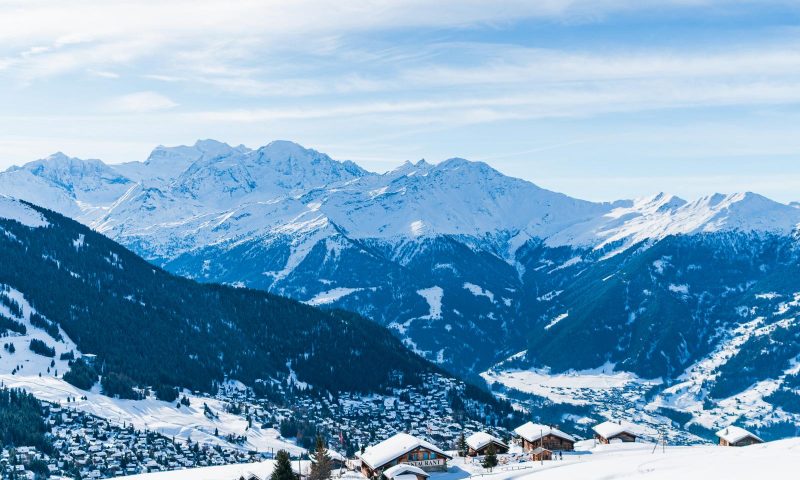Winter is finally back! Temperatures, after peaks of heat over the Christmas period (16°C in Basel, Switzerland or 15°C in Rennes, France), have finally started to drop drastically since 10 January. Explanation of this phenomenon but also of the lack of snow, which has been long awaited for several months.
1 – Record temperatures during the end-of-year celebrations
The winter weather started several weeks ago, but the temperatures are anything but seasonal.
After the double-digit positive temperatures recorded at Christmas, New Year’s Eve 2023 was no exception to the rule either.
The whole of Switzerland was warmer than the norms established between 1991 and 2020. The difference was greatest in the Jura. MeteoSwiss recorded an average of 18.1 degrees on the day of 1 January 2023. A temperature that corresponds to the averages for the month of August! The New Year is no different from the rest of the year. In 2022, Switzerland broke its average temperature record: the deviation from normal temperatures (1991-2020) amounted to +1.5°C, compared with +1.1°C in 2018 and 2020, the previous records.
But that’s not all: record high temperatures were also observed throughout Europe, such as in several European cities, like Eindhoven in the Netherlands (16.9 degrees) or Bilbao in Spain (24.9 degrees).
2 – High temperatures and lack of snow
These high temperatures inevitably lead to a lack of snow below about 2000m (the current rain-snow limit).
The causes of this absence are multiple. From a local perspective, the temperature in Switzerland has risen by an average of 2.4 degrees Celsius. This is more than twice as much as global warming, which currently stands at 1.1°C.
This trend is likely to worsen over the coming decades as human emissions of greenhouse gases continue to increase and accumulate in the atmosphere.
This climate ‘change’ is largely long-term: the CO2 emitted remains in the atmosphere. If the emissions disappeared immediately, the mountains would not suddenly be covered in snow, and our glaciers would not be saved. Current conditions would remain the same for hundreds, if not thousands, of years.
However, Sonia Seneviratne, a world expert on extreme weather events and professor at the ETH Zurich, explains that there are glimmers of hope, through measures implemented by politicians, associations or popular initiatives.
3 – A return to “normal” since mid-January?
However, the situation is not quite the same in other parts of the world.
In the United States, the “blizzard of the century” killed at least 60 people.
The country was hit by a storm of rare intensity, with icy winds causing heavy snowfall, particularly in the Great Lakes region.j Up to 55 cm of snow fell each day in some areas.
Tens of millions of Americans had their Christmas weekend disrupted by massive power outages, impassable roads and thousands of cancelled flights, causing chaos at airports.
Back in Europe, temperatures are also starting to return to seasonal norms.
“Temperatures will continue to fall gradually as we approach 20 January 2023, towards 5°, i.e. a little below the seasonal average,” warned Pascal Scaviner on 16 January, head of forecasting at the French Weather Channel.
The cause? “The extreme variability of the climate linked to an abnormal circulation. At that time, France was dominated by an oceanic flow and an east-west wind, but for several years now, due to climate change, the oceanic flow has no longer been in the majority and has been replaced by a meridional flow coming from the south.
In the early hours of Friday 20 January, temperatures plunged in the Jura region. The thermometer read -26.9°C at Les Chauvins, but as low as -27.8°C at Prés de la Rixouse!
In view of these meteorological changes, the return of snow is expected in many parts of Europe in the next few days…

